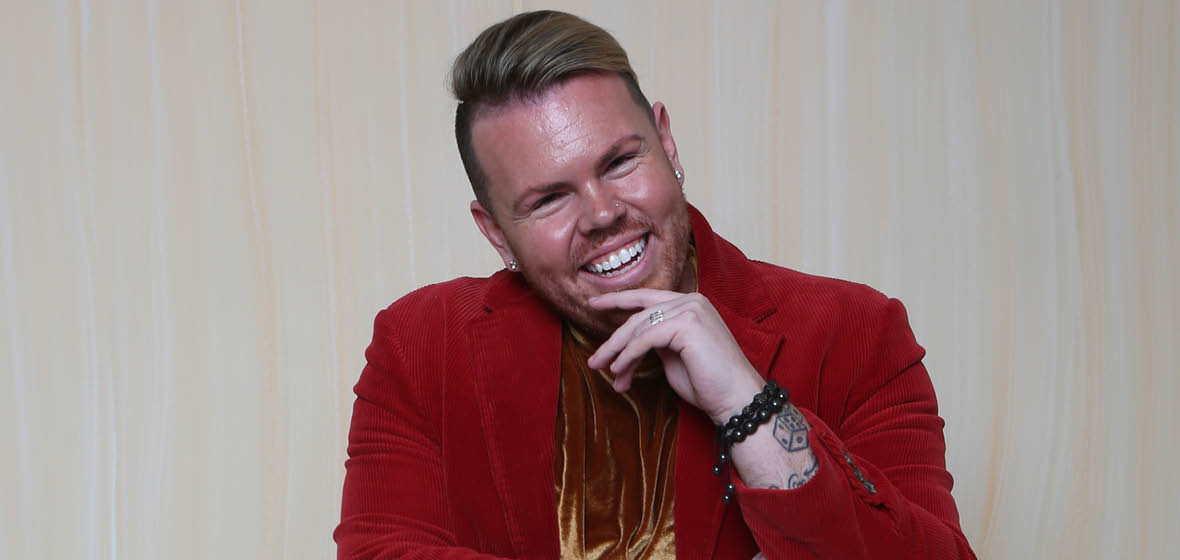We have all had to improve our communication while working remotely. So, why are Indigenous messages still being lost in translation?
Can you hear me? You’re on mute. Sorry, you’ve dropped out. 2020 taught us the power of effective communication via distance. Additional language and niceties were ramped up to ensure nuances to messages were observed. This work was required to enhance the experience of both our clients and colleagues. However, as an Aboriginal person, I’m still seeing our messages being lost in translation.
How do we address this? Effective communication is rooted in respect and, in this instance, there is a need to respect that First Nations people will generally have different ways of communicating. Such recognition will afford you successful relations. There is not enough space to delve into the various and unique nuances of this, however, you can gain this knowledge through cultural awareness training providers. There is a desire to frame this as “cultural competency”, but I don’t believe any of us will ever be wholly competent across the vast array of cultural differences. We are not a homogenous group and therefore cannot be assimilated – this has been tried, tested and resulted in failure. It’s how we got into the predicament we are in today, which is why it must be acknowledged that our ways of communicating differ greatly. A prime example of such a difference sits within questioning – the most culturally principled way of questioning involves indirect questions as opposed to direct questions.




